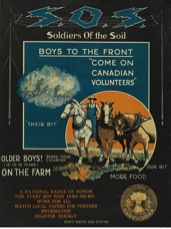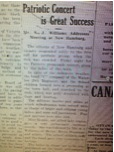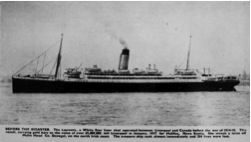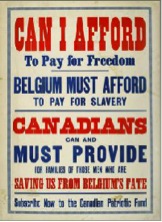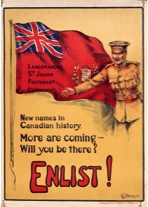The annual Elmira fair was held on 24 September 1914. Numerous people attended the event regardless of the deplorable weather conditions. Farm animals were displayed, along with fruits, vegetables and meats from the surrounding area. Local companies were also allowed to display new equipment. Elmira Machinery and Transmission Co. exhibited a number of their new innovative farming tools.
The fair was concluded with multiple horse races. Prizes were handed out at the conclusion of the festivities. Although Waterloo Region strove to support the war effort, the war did not interfere with annual cultural events in Waterloo Region during 1914.
(“The Elmira and Woolwich Fall Fair,” Elmira Signet, 24 September 1914)


